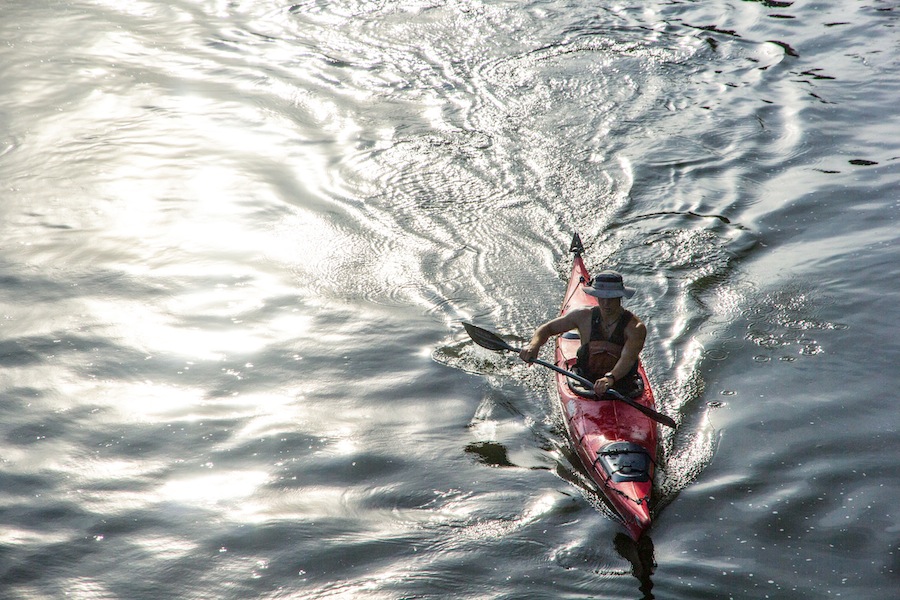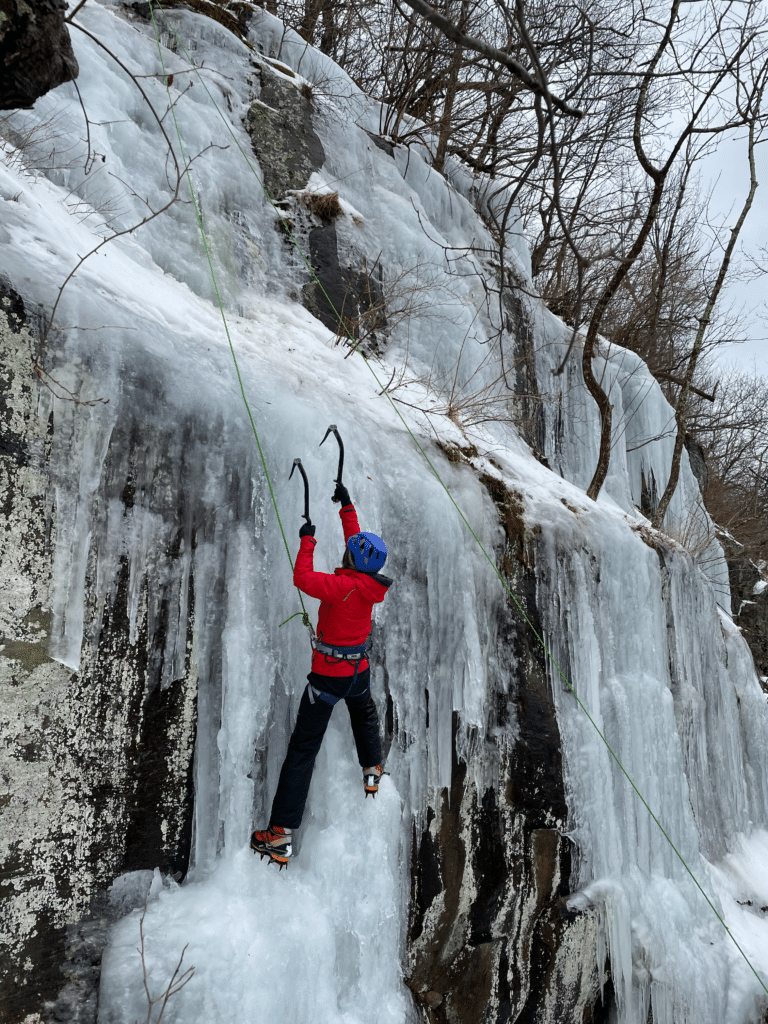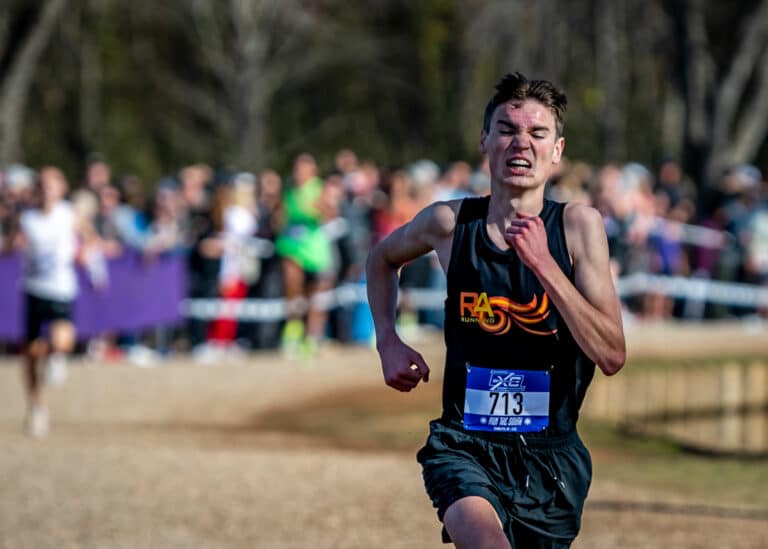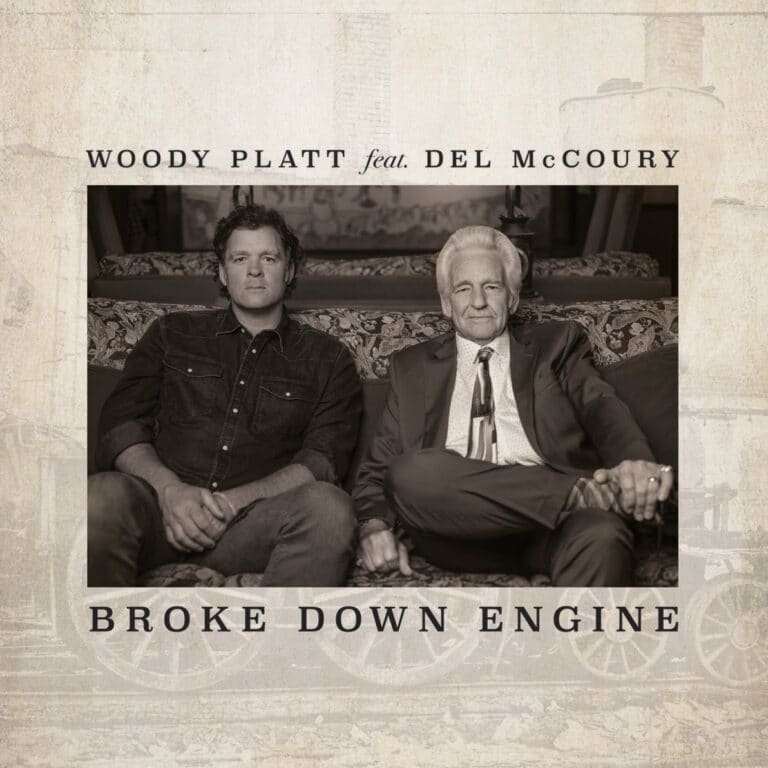by John Nestler
I knew nothing about racing 100 miles as I stepped into my kayak, but in hindsight, there was nothing to know except this: simply keep paddling.
I practiced using my rudder for the first time as I glided to the starting line. Fellow river enthusiasts surrounded me, and I cringed as I saw a long, sleek boat slicing through the water. Most of the course was flatwater, and a longer boat would have an advantage. I overheard other racers talking of having done the Missouri 340. Who was I, going against veterans of a 340-mile race? I hurriedly put those worries aside as I focused on the announcer, who nonchalantly called out:
“Are you ready to paddle 100 miles? Get set, go!”
Racers took off at a breakneck pace. My strategy was to take it easy at the start to conserve energy for the end of the race, while always keeping the leaders in my vision. Soon, the seven-mile mark appeared. My breathing came naturally, and my arms remained fresh. I realized I would be able to sustain a much faster pace than I had thought, and I took off, chasing the leaders who appeared as tiny specks on the river ahead, shrouded in early morning mist.
My mind was focused as I paddled. The sun peeked out from the treetops, and birds spiraled upward on thermal currents, yet nothing could crack the mental barrier I had set up. Absence of thought meant no pain, and the last thing I needed to contemplate was why I would ever willfully subject myself to this. As time passed, however, a feeling of dull, throbbing pain took hold. My bare hands had obvious hotspots, and I could feel discomfort with each paddle stroke. Gloves. I didn’t have them. I imagined myself begging a fellow racer or pit crew to borrow gloves, but that was not an option. Many miles remained, however, and my hands needed care.
Stress set in as I lost sight of the leading racers. My confidence fell as I realized that I wasn’t nearly as fast as the other competitors in the flatwater. Excuses floated through my head: lack of sleep, no training, a slower boat. I knew I came out to paddle as fast as I could, but it was demoralizing to be so far behind. I promised myself to just hang on, and maybe the tables would turn in my favor.
Every second spent fiddling inside my boat cost me valuable speed, and after a lengthy internal debate, I began peeing inside my boat. I yearned to protect my hands with strips of duct tape, but couldn’t bring myself to fall even further behind while I fetched the tape.
The first horizon line appeared, and the course became more dynamic as rapids came into view. Two racers flipped. I surged ahead through the rocky maze, and used the slight lead to tightly bind my hands with tape, hoping to ward off the inevitable blisters. Hands wrapped, I paddled again with a renewed intensity and set my eyes on catching the 2nd place boat.
Many rapids interspersed in the course handed me the competitive edge. The leaders were in fragile composite canoes, no match for the abusive sections of river. Meanwhile, my whitewater instincts took over, and I slid over rocks without a care in the world. Roughly seven hours into the race, a particularly long rock garden appeared. The second-place boat disappeared around a small island rapid. Much to my surprise, bobbing supplies and a swamped canoe came into view. Finally, a chance to pull ahead. I set out down the river, knowing I needed to utilize this lead as 60 miles of flatwater remained.
I looked back at every turn, expecting to see a canoe in pursuit. None appeared. A mantra ran back and forth through my head: “Paddle harder; they’re hurting too.” I pushed, and pushed, and pushed, hoping to retain my lead. Thirteen hours into the race, light began to fade, and I had only my ritual snack breaks every 20 minutes to distract me from five more hours of paddling.
As the blackness of night enveloped the river, the moon lit up a small corridor, guiding me towards the end. Raindrops plunked the water as a storm raged in the distance. A few short stops, punctuated by silent displays of lightning, allowed me to take in the beauty of the night around me, and to momentarily forget about my aching muscles. Slowly, the outline of the State Route 288 bridge rose in the distance, and I found myself at the finish line 17 hours and 13 minutes after starting. I was happy to have won, but even more fulfilled by pushing past my limits on my home river.
–John Nestler grew up in Richmond and won the solo race of the 100-mile James River Rundown, which ran ran from James River State Park to Robious Landing.








